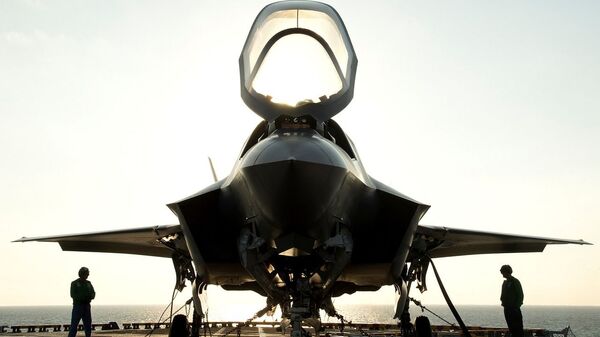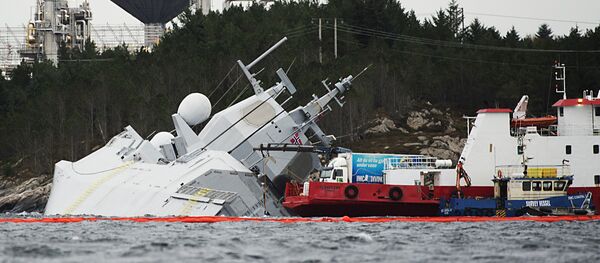As the last step in the two-year test phase, Norway's F-35 aircraft were piloted from Ørland to the Air Defence Base at Rygge and are now ready for their first mission. With this step completed Norway has become the third European nation to have achieved initial operational capability (IOC) after Italy and the UK.
The Norwegian Armed Forces have thus achieved their 2011 goal of reaching operational capability with the F-35 aircraft by the end of 2019.
Norway has declared Initial Operational Capability (IOC) with the F-35. #combatready #WeAreNATO pic.twitter.com/4YTI8ZfeHM
— Forsvarsdepartement (@Forsvarsdep) 6 ноября 2019 г.
“This is the result of formidable work over many years in large parts of the defence sector. Now the F-35 can help resolve national crises and prevent threats to Norwegian sovereignty”, Defence Minister Frank Bakke-Jensen of the ruling Conservative Party said.
According to the Ministry of Defenсe, the Air Force is now able to respond quickly with F-35 aircraft to incidents and crises in Norway, Norwegian territorial waters, and surrounding areas.
Congratulations to our partner Norway for achieving Initial Operational Capability for their #F35 fleet! 🇳🇴⚡ Norway is the third European partner to declare IOC – ushering in a new age of 5th generation air power for @Luftforsvaret. #F35Partnerships
— F-35 Lightning II Joint Program Office (@theF35JPO) 6 ноября 2019 г.
📷 by Norwegian Armed Forces pic.twitter.com/jCHrVUVHZU
One of Europe's Leading F-35 Users
The first three F-35 fighter jets landed on Norwegian soil in November 2017, two years ago. In the meantime, the Norwegian Air Force has been testing how the aircraft cope with Norway's specific conditions. Among others, wintertime missions and collaborations with the Army, Navy and Special Forces have been carried out.
The move to Rygge is only temporary, and the aircraft will later return to Ørland, where 15 of Norway's 22 F-35 will be based and operate from. The other seven have meanwhile been posted to Luke Air Force Base in the US for educational purposes.
“With the F-35 in place, we will have a capacity far above what the F-16 has ever delivered. The F-35 is much more than an F-16 replacement. The weapons system adds a number of new capabilities to the entire Armed Forces that we have never had before”, the defence minister concluded.
In total, Norway has ordered 52 F-35 aircraft with an average price tag of NOK 1.375 billion (roughly $149 million) apiece. Total lifetime costs associated with the aircraft remain up for debate.
According to the Norwegian Defence Ministry, the F-35 fleet will become fully operational in 2025. In the meantime, Norway's participation in the F-35 project has run into difficulties, including a lack of pilots and hangars and runaway operational costs.



